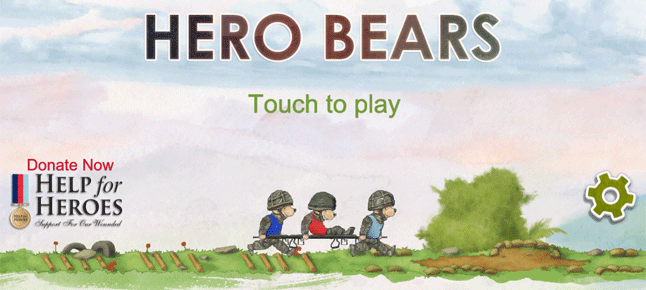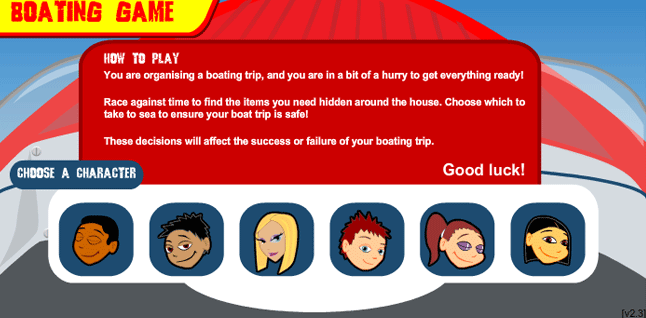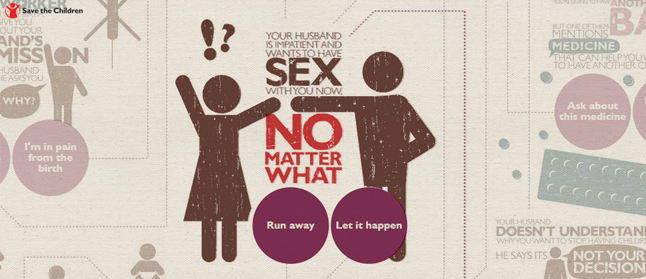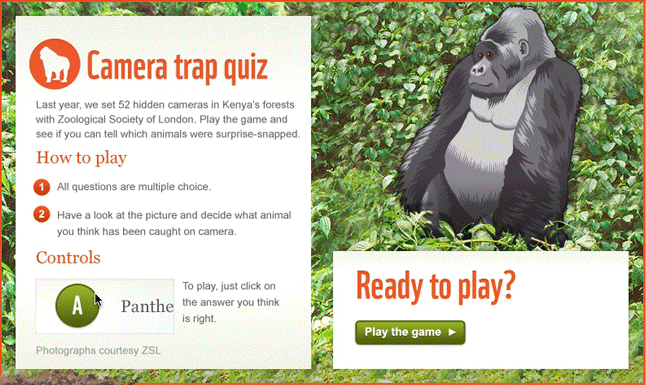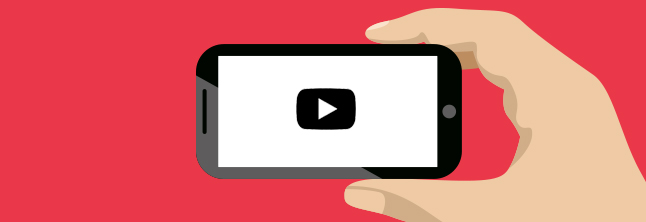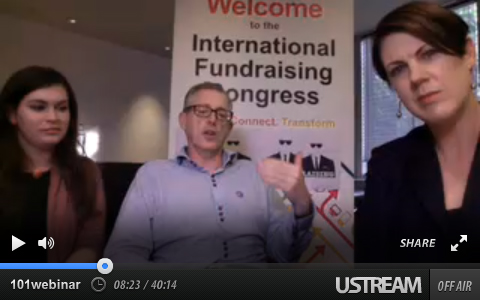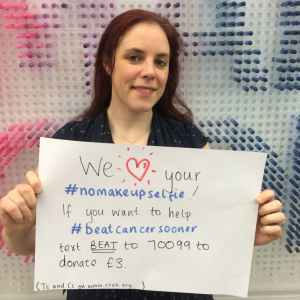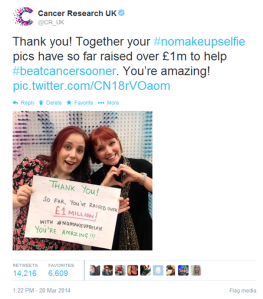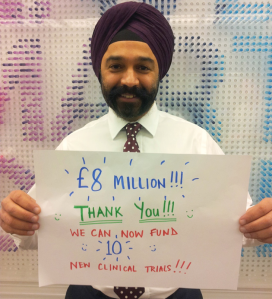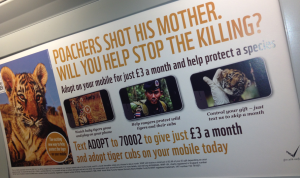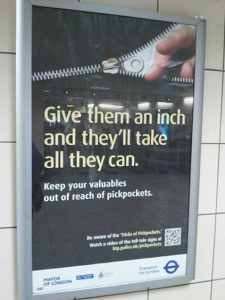Gaming is a multi-billion dollar industry with a vast audience of people with time and money, so presents a great opportunity to the charity sector. Gamification can have many benefits including increased website traffic, virality and increased engagement.
It can also be a way for charities to attract a younger audience and get them interested in the cause. In a report by the Charities Aid Foundation last year, it was stated that ‘there is a real need to engage with people at a young age to give them an experience of charity’ and that ‘providing greater opportunities to learn about charity… can help ensure that future generations not only grow up giving but are connected to a positive process of engagement in civil society’. Gaming seems like an ideal way to do this, presenting a fun and educational way to engage young people.
Next month, Reuben Turner from the Good Agency will be delivering a session called Giving and gaming: what works and what doesn’t at the free virtual conference, Fundraising Online. I’m looking forward to hearing from Reuben about the future potential of gaming in the charity sector.
Here are some great examples that I’ve come across of charities successfully using gaming to raise money or awareness for their cause:
Help for Heroes – Hero Bears app
The Hero Bears app was created for free by Supersonic Software and brought to market by AppyNation to raise money for Help For Heroes, with £1 from the sale of every game going to the charity. As well as raising funds, it has also raised awareness of the charity, with well-known people, such as Boris Johnson, coming out in support of the app.
Swedish Red Cross – Charity arcade
A joint initiative by the Swedish Red Cross and Stockholm Arlanda Airport saw donation boxes in the Swedish airport being turned into classic arcade games, making it more fun to donate and giving passengers something to do while waiting for their luggage!
RNLI – Boating safety
The RNLI website has a whole range of games on their website, including the one pictured below which aims to educate young people on boating safety.
Save the Children – Give Girls Power
The Give Girls Power campaign by Save the Children included a fantastic example of how a serious message can be delivered in an interactive way using gamification.
WWF – Wildlife education
This is a great example of a charity using gaming to get young people interested in their cause from a young age. As well as online games, the WWF website has resources for offline games, such as how to make an African elephant finger puppet!
It will be great to hear what examples Reuben presents in his Fundraising Online session next month. You can watch the session for free at 11am on 13 May (UK time) or watch it on demand for three months after the conference.

